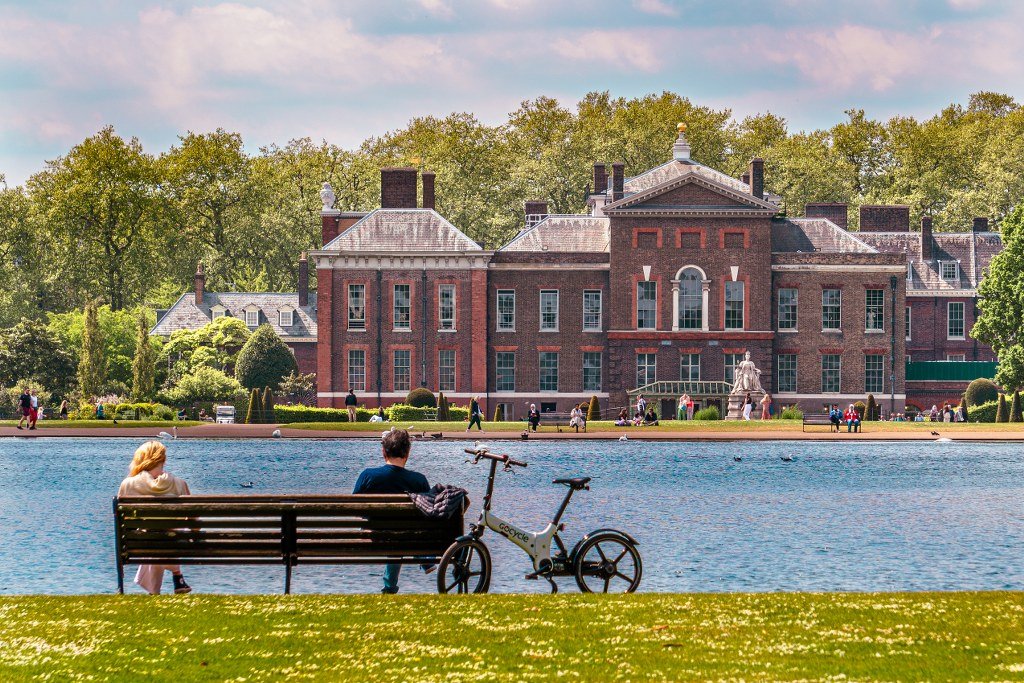WHY DOES TOWER BRIDGE OPEN?
Tower Bridge is my all-time favourite London landmark.
It is also my favourite place in London to get stuck in the traffic (if there is such a thing).
At least the reason behind me getting late is fantastic engineering designed with great imagination, and the cause of my delay keeps me usually entertained with its pleasant cartoonlike look.
I also never get tired of watching the lift of its bascules.
Each lifting spectacle takes about 8 minutes. An exciting time for tourists, happy to witness this engineering magic for the first time.
And most likely a nightmare-for cyclists, pedestrians, and people who get stuck in the queues of cars on both sides of The Thames, just simply trying to go about their lives (8 min is like a lifetime for Londoners in a rush).
OK. It DOES Open. But WHY?
To find out the answer this question, we need to ask ourselves another one.
Why Has Tower Bridge Been Built At This Location?
We need to go back in time. Around 130 years back, to be precise, when the Thames was a vital cargo transport link. And the traffic on it was comparable to the road traffic in a peak hour today. I mean, it was VERY, VERY BUSY.
With the nearest bridge (London Bridge) being around 1km away, the growing city really could do with another river crossing.
There was one underwater option very near- Tower Subway. 410m of a circular tunnel, connecting Tower Hill with the south of the river. It's not like it wasn't popular. Around 1mln people used to use this service per year. A big crowd (considering that London population at the time was slightly above 5mln) potentially including the infamous Jack The Ripper (as per some reports to the police in 1888 about a strange man running through a tunnel with a knife).
But Tower Subway was a dangerous, time-consuming, and EXPENSIVE way of crossing the river, with a halfpenny toll on the entrance to pay, for single use.
We Needed A New Bridge. But What Was The Problem?
The short answer is The Upper Pool of London (part of the Thames between London Bridge and Tower of London) and CHECK-IN points for cargo ships located within this area. And a lot of them.
It is worth mentioning that this was the busiest section of the river in the whole world back then.
To cut off the access for big ships, by building the new bridge with a lower header (like other 18 already existing bridges in London), it would be like to cut the road access to Heathrow Airport today.
UNTHINKABLE.
“There Is No Problem. Only Solutions”
More than 50 solutions actually.
In 1876, by announcing a public competition, the City of London asked Londoners for help with the design of the new bridge (what a groundbreaking idea!).
So the challenge was to design a bridge with the option to provide (at least temporary) clearance of 61m width and headroom of 41m for BIG ships needing to access The Upper Pool of London, ideally matching the style of a great neighbor building - Tower of London.
And The Winner Is…?
The WINNER and one of the judges in a competition (I am still trying to make up my mind what to think about that!) was Sir Horace Jones, a prominent City of London architect.
He designed a BASCULE BRIDGE. Two beautiful rising bascules, lifting to a maximum angle of 87 degrees with two pedestrian walkways above it.
Overdelivering in my view (at least judging by current architectural standards) by providing not only the practical solution but entertainment for generations to come.
"Bridge Lifting Operations Are About To Commence”
Sir Horace Jones did not live to see the bridge in full glory as he died in 1887.
But the problem was solved, and after the official opening of the bridge ( in 1894), every vessel with a mast over 9m height willing to enter (or exit) the Upper Pool of London could easily do it.
By simply hooting on the horn requesting Tower Bridge to open.
Free of charge (now this is what I called good service to the public!).
And at the top of it (literally), rushing pedestrians, keen to move on with their lives without waiting for the ships to pass under the bridge, could climb the stairs and use two upper walkways without unnecessary delay to cross the Thames.
This privilege was ruined for us by Victorian pick-pocketers and prostitutes who chose this place for running their activities, causing it to shut for the public in 1910 due to rising crime numbers.
But bitterness aside…
… if you are visiting London, you might as well treat yourself to something SPECIAL, and fit into your London sightseeing schedule seeing the lift of Tower Bridge bascules.
Trust me on this, it's worth it!
(You can easily find the bridge lift times on the official Tower Bridge website at https://www.towerbridge.org.uk/lift-times )


























